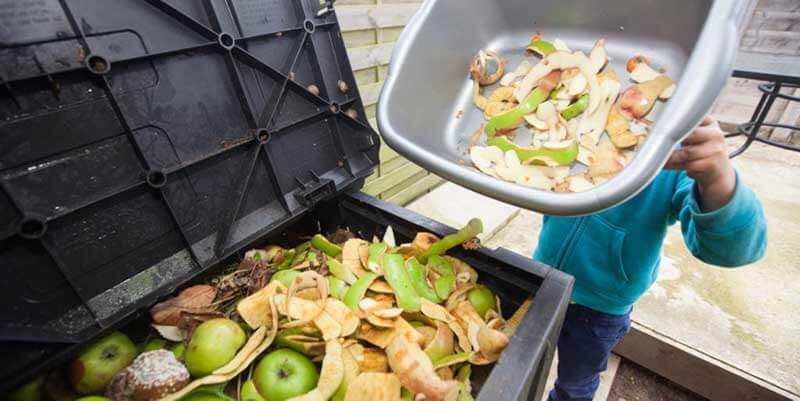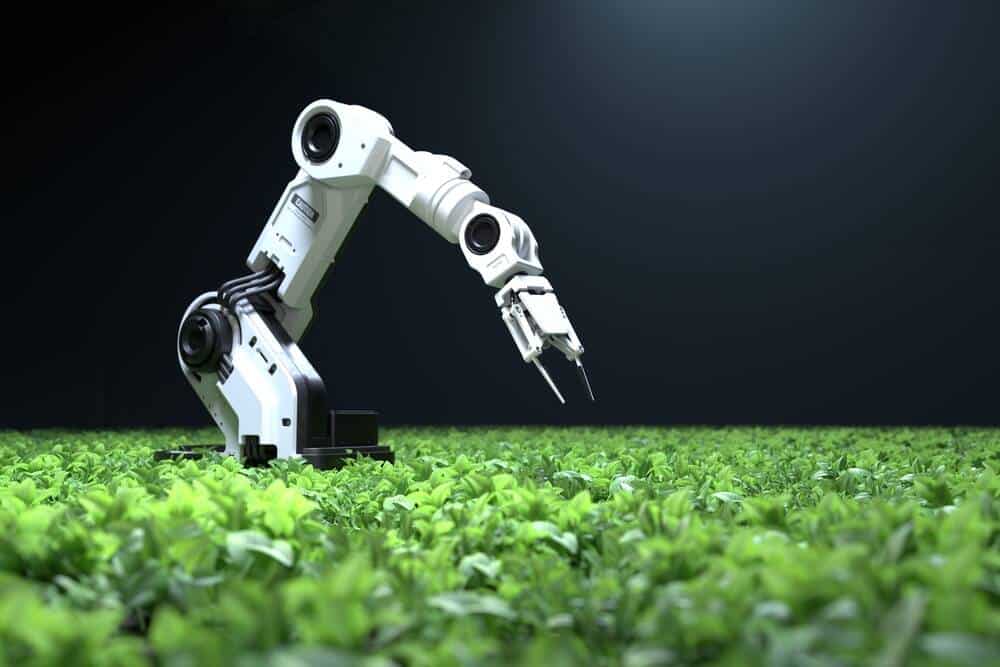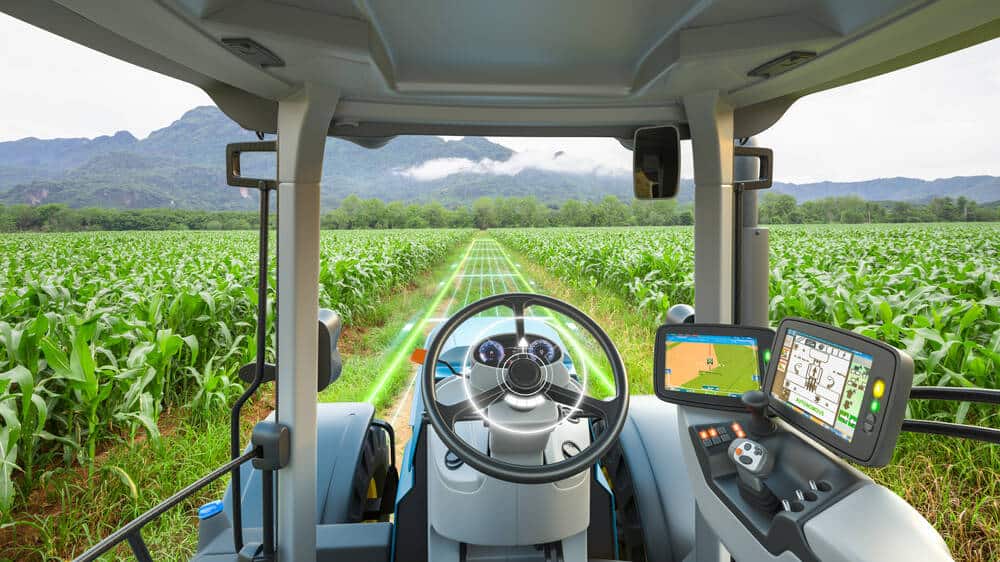- Ugly food gets a facelift
- Bread becomes beer and beer becomes bread
- From trash to table
- Growing food on plastic?
- Upcycling’s going big in the future
Sustainability has become a watchword of business in the 21st century, and it’s now common to find consumer products that incorporate recycled content. But with the global population expected to top 9.7 billion by 2050, and waste expected to continue apace of that growth, we need to think more creatively about how we turn trash into treasure. Saving our planet – and our future – demands that we act individually and think collectively, reimagining the waste we produce as a source for new products.
But individual invention isn’t enough. An approach called the ‘blue economy’ offers a vision of the cascading business models that can make the necessary changes a reality. In contrast to ‘green,’ which is often expensive (think organic produce or fair-trade clothes) or suspicious of economic development, ‘blue’ embraces the environment (the blue of the sky and the oceans) and entrepreneurship. First imagined by Gunter Pauli in his The Blue Economy: 10 years – 100 innovations – 100 million jobs, it’s an idea that’s quickly coming into its own and reshaping local and global economies.
Ugly food gets a facelift
Nearly a third of the world’s food is wasted, and in developed countries, this is often the result of nothing worse than an unsightly blemish on fruits or vegetables. In the UK, for example, as much as 40 percent of produce is rejected for purely cosmetic reasons. This food is perfectly edible, sanitary, and fresh – it’s just a little ugly. A growing legion of blue entrepreneurs want to give this ugly food a delicious facelift, reimagining what would otherwise go to waste as a boon to their businesses. Purchasing these cheap eats at a discount, they turn them into upmarket foodstuffs, the tomato salsa and hummus that consumers crave. ChicP, Rubies in the Rubble, and Snact are just a few of the innovators reimagining their supply chain, ending food waste, and creating new business models that are far more friendly to the planet.

Bread becomes beer and beer becomes bread
And it’s not just fruit and veg that finds the trashcan rather than the table. Because of mismatches in supply and demand, 46 million slices of bread are wasted every year. The food-conscious brewery, Toast Ale, uses unbought bread to brew craft beer. Louisa Ziane, Toast Ale’s chief brand and finance manager, thinks that this fun approach to a serious problem can bring more people to the blue table. “Our bigger objective is to get rid of food waste globally, so there isn’t surplus in the supply chain,” she says. Her microbrew is a fun step in that direction.
But brewing produces its own waste products, and Dan Kurzrock, the co-founder of ReGrained, watched how spent grains quickly accumulated when he brewed his own beer at home. After boiling in water, these grains – mostly barley – get thrown out, despite their remaining nutrient value. After some experimenting with his business partner, he’s come up with a line of snack bars made from grains he sources from breweries. Although they’re only making a dent in the brewery waste around San Francisco now, they think the future’s bright. They’re researching pretzels and cookies, the next step in their journey to upcycle spent grain.
https://www.youtube.com/watch?v=TAu9MZmyqfI
From trash to table
To really understand the power of the blue economy, you need to see the impact of cascading and systemic business models. In the Netherlands, for instance, each person consumes about 5.3 kilos of coffee a year. When you multiply that by the 17 million people who call Dutch cities their homes, you can easily imagine the mountains of spent coffee grounds that are sent to landfills as waste. Moreover, these previously useless byproducts simply cost money to transport and dispose. But innovative thinking is changing that, repurposing trash into a viable part of a supply chain. In Montreal, for instance, Dominique Lynch-Gauthier and her business partner Lysiane Roy Maheu are repurposing coffee grinds and spent grains from a local brewery. By mixing them with straw, they produce a custom substrate to grow the delicious and popular oyster mushroom. They supply local restaurants with the delicacy, ensuring freshness, and then pass the substrate along to local farmers who use it as animal feed. This is the cascading effect of the blue economy – is repurposed in multiple stages, creating added value at each level.
This idea is being pursued in Rotterdam as well. Annelies Goedbloed founded HaagseZwam, using freshly discarded coffee grounds from local cafes and restaurants to grow mushrooms. Mixing the grounds with mushroom spores, water, and chalk, she places them in perforated bags and waits. In a matter of weeks, she can harvest mushrooms, using the same bag up to three times. She sells the mushrooms back to some of her suppliers of coffee grounds, and sells the used media for packaging and compost.
And coffee waste is useful in other ways, too. Arthur Kay, an architecture student at UCL, was working on a coffee shop project when he started asking whether used coffee grounds could be repurposed. By drying and compressing them into bricks, he discovered that they outperform conventional furnace fuels like wood, opening the door for a spectacular re-use of the ready commodity. He’s currently researching oil extraction from the spent grounds, oil that can be sold to the chemical industry or transformed into biofuel. His company, Bio-bean, now recycles 10% of the UK’s used coffee.
Growing food on plastic?
Much of what makes the blue economy work is creative experimentation. This is nowhere more evident than with a new process to turn plastic waste into food. Katharin Unger worked with a team of designers in collaboration with Utrecht University to culture mycelium on plastic waste. The system is called the Fungi Mutarium. Here’s how it works: nutrient rich seaweed cups are filled with plastic scraps, and a slurry of water and mycelium is poured in; over a few days, the fungus begins eating, covering the cup and dissolving the plastic for food, eventually resulting in an edible, open-topped pod. Given that plastic waste is a global problem affecting both land and water, turning this trash into food is an exciting possibility.
Upcycling’s going big
Individually, these small scale businesses won’t save the planet. But Jonathan Deutsch, a Drexel University professor of food science, says that the major players are already taking notes. These multinational food companies are more likely to look in than out, turning to the wasted nutrition they discard while making their primary products. Chris Cochran, the executive director of the food nonprofit, ReFED, agrees. “What was once considered ‘waste’ — or an accepted cost of doing business — is now seen as an asset and revenue generator.” And the food-waste upcycling industry is growing, from a low of 11 such companies in 2011 to 64 now.
This is the future of sustainable food, and the blue economy will reshape the local and global food landscapes, cutting waste, feeding our growing population, and helping 21st century business succeed. By reimagining waste as raw material, a cascading, systemic transformation of food production is being pioneered by local entrepreneurs and embraced by big business. The creative upcycling of food waste is the future, changing what we eat and how it’s made.







